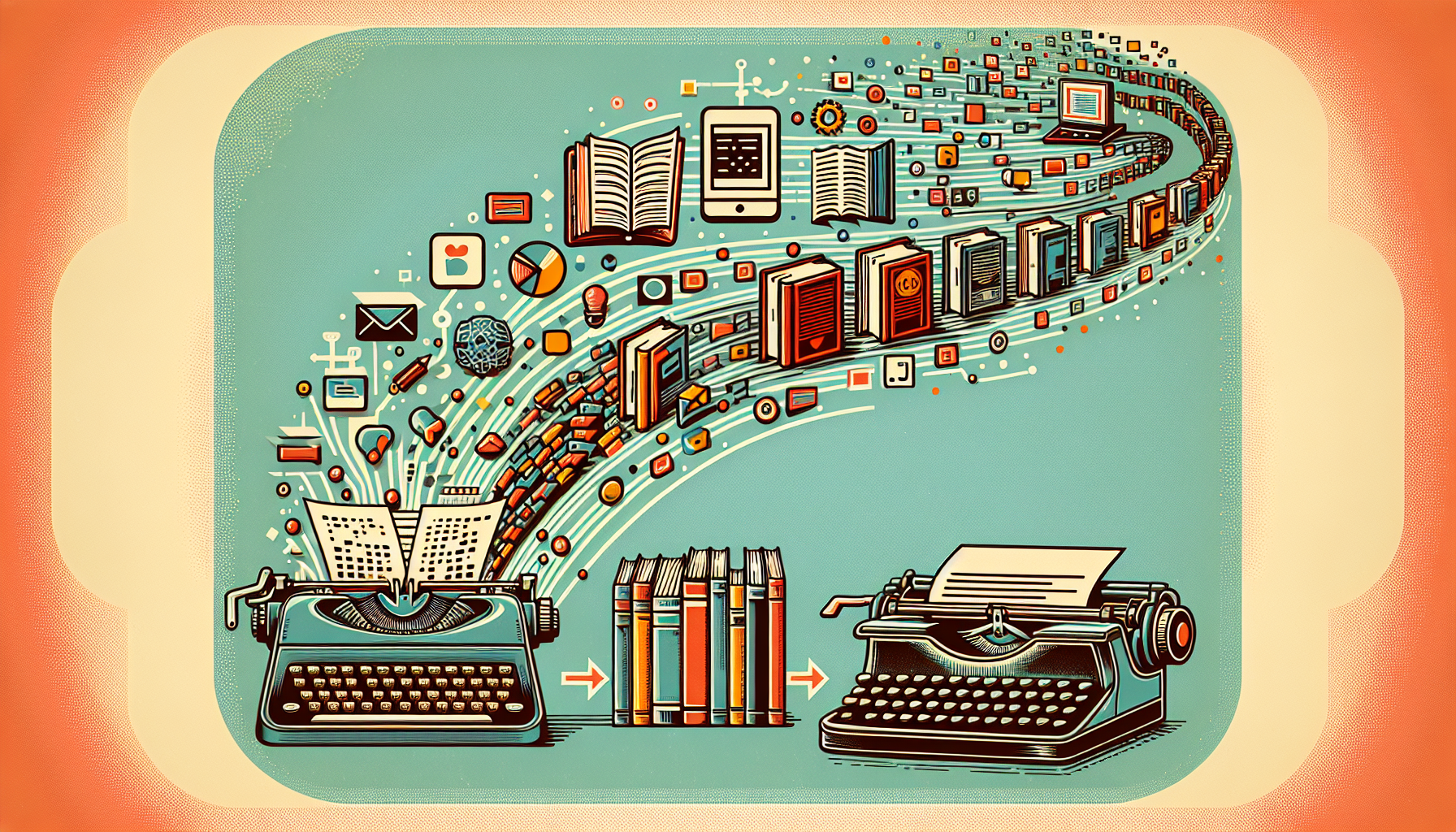The world of writing and editing is transforming before our eyes, thanks to the arrival of Artificial Intelligence (AI). This technology is not here to take over, but rather to lift the burden, speed up processes, and ensure quality, even as the relentless flow of news never stops.
AI: The New Writing Partner
Imagine AI tools like OpenAI’s GPT series as rapid assistants in crafting content. These smart systems can whip up draft articles, catchy headlines, engaging social media updates, and multimedia snippets with astonishing precision and speed. Imagine a newsroom using AI to instantly generate a breaking news article from live data, saving journalists from starting from scratch.
AI’s magic doesn’t stop there. It can handle repetitive chores—summarizing articles, crafting initial drafts, or inventing unique headlines. This allows writers to focus on sharpening AI’s first drafts with their expertise, ensuring top-notch content swiftly reaches audiences.
Revolutionizing Workflows in Newsrooms
Beyond creating content, AI reshapes the busy newsroom environment. By automating tasks such as tagging, categorizing, and indexing, AI cuts down the time editors spend on routine jobs. This leaves more room for creativity and quality content creation.
Moreover, AI brings SEO into focus by producing effective meta tags and keywords, expanding a piece’s reach on search engines. With AI’s translation prowess, content can easily cross language barriers, amplifying global reach without losing quality.
Driving Efficiency and Productivity
Why embrace AI in editorial tasks? To ramp up efficiency and output. Facing financial hurdles, stiff competition, and a drive for innovation, newsrooms turn to AI. It supports dynamic paywalls, automatic transcriptions, and deep data analyses, which are crucial in staying ahead.
Take AI-powered assistants within content management systems (CMS) as examples of efficiency—they flag grammatical errors and suggest refinements, facilitating harmonious human-AI partnerships in content creation and ensuring consistency.
Tailored Creativity and Editorial Integrity
Adapting AI to a media organization’s standards is key. Tailoring AI models ensures they complement editorial guidelines, empowering human talent without replacing it. This customization fosters AI’s role as an augmentation tool, not a creativity replacement, allowing journalists to hone their analytical and creative skills.
Weighing the Pros and Cons
AI brings many advantages, but not without concerns. Leaning too heavily on tech giants for AI solutions might weaken the independence of newsrooms, handing over control in content dissemination. Moreover, the push for speed and efficiency might overshadow the essence of journalism—serving the audience with thorough and thoughtful content.
Yet, when balanced wisely, AI can fortify newsrooms, helping deliver quality content swiftly. It’s vital for media organizations to harness AI’s strengths while preserving journalism’s core values and ensuring technology enhances rather than eclipses human insight.
Charting the Path Ahead
The horizon of content creation holds even greater potential for AI. By 2029, the role of AI, according to insights from the International Data Corporation, is expected to assume a significant portion of routine marketing tasks, boosting productivity significantly.
As AI develops, its presence in news and publishing will likely deepen. By leveraging AI for mundane tasks, enhancing personalization, and streamlining workflows, newsrooms can captivate audiences with compelling content while upholding the rigorous standards that define true journalism.

Leave a Reply